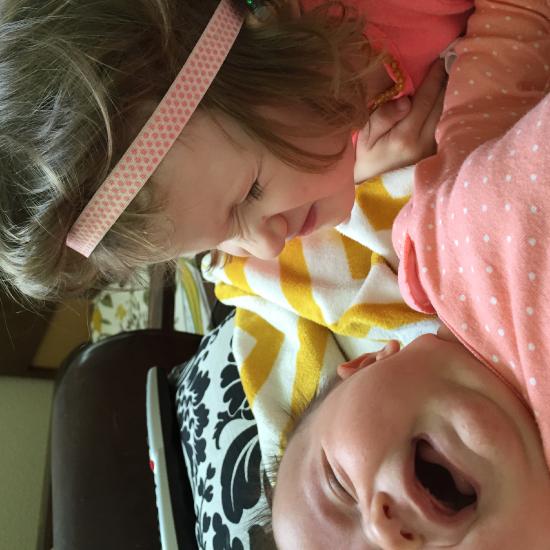15.1: Introduction
- Page ID
- 140941
Introduction to Emotional Development
It is impossible to imagine life without emotion. We treasure our feelings: the joy at a ball game, the pleasure of a loved one’s touch, or the fun with friends on a night out. Even negative emotions are essential, such as the sadness when a loved one dies, anger when treated unfairly, fear that overcomes us in a scary or unknown situation, or guilt and shame when our wrongs are made public. Emotions invigorate life experiences and give those experiences meaning and flavor.[1]
Research and theory often divide emotions into 2 general categories: basic emotions (primary emotions) and self-conscious emotions (secondary emotions). Basic emotions appear first and include interest, happiness, anger, fear, surprise, sadness, and disgust. Self-conscious emotions include envy, pride, shame, guilt, doubt, and embarrassment. Unlike primary emotions, secondary emotions appear as children develop a self-concept and require social interactions to know when to feel such emotions (Akimoto & Sanbinmatsu, 1999) [1].
The core features of emotional development include the ability to identify and understand one's feelings, accurately read and comprehend emotional states in others, manage and express strong emotions constructively, regulate one's behavior, develop empathy for others, and establish and maintain relationships (National Scientific Council on the Developing Child, 2004). Infants experience, express, and perceive emotions before they fully understand them. In learning to recognize, label, manage, and communicate their emotions, and to perceive and attempt to understand the emotions of others, children build skills that connect them with family, peers, teachers, and the community[2] .

[1] Hwang, H. & Matsumoto, D. (2021). Functions of emotions is licensed CC-BY-SA
[2] California Department of Education (CDE Press). Development Foundations: Social-Emotional Development . Is used with permission
[1] Image by Nina Kuchkovskiy is licensed CC: BY-NC

